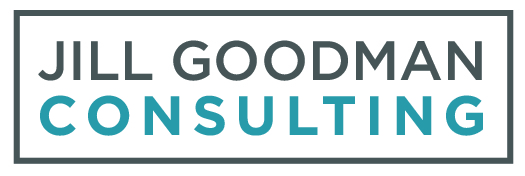Don't Ditch All Virtual Meetings
I recently began to experience symptoms of Zoom fatigue, so I was excited to go to my first in-person board of trustee meeting facilitation in quite some time. My facilitation partner and I designed our materials and prepared trustees for the topics. Then, I spent two days out of the office, ate a lot of take-out food and navigated a tense yet productive meeting all while wearing a mask. The school spent weeks arranging the retreat, brought trustees in from all over the country, organized logistics, and worried about the potential spread of a variant in COVID-19. The trustees completed the prep work, some traveled to the school and stayed in a hotel. In the final accounting, I had to wonder was this the best way to meet, given what we have learned from hosting and participating in virtual meetings for nearly two years?
It might be tempting to change all virtual meetings on your board calendar to in-person meetings. Based on my recent experience I would advise you not to do that. Instead, I will offer several excellent reasons to intentionally schedule some of your board of trustee meetings virtually moving forward, COVID protocols aside. I am suggesting not simply virtual meetings but facilitated meetings. By designating a neutral party from within your organization or bringing in a skilled facilitator, hosting facilitated, virtual meetings will allow you to level the playing field in three critical ways.
1. Some people are intimidating, and some people are easily intimidated. Those in the first category are most likely to sway decision-making in the room, whether they intend to or not. If everyone is physically in the same room, the most confident and sometimes the loudest voice tends to lead. Worse, intimidated people are prone to encourage the group to splinter into the “meeting after the meeting” to be heard and to discredit the intimidators.
2. Governing bodies strive to be inclusive and attract the best minds. Suppose your organization requires that all meeting participants appear in person. In that case you lose the opportunity to invite the retired alumna who lives in another state, the person who does not have child-care in the evening, or the entrepreneur that spends 50% of her time traveling for business.
3. It can be more cost-effective. To attract the best minds, some organizations have already embraced the strategy to recruit board members from across the country or globe. But meeting in person is costly for those organizations. Generally, they pay trustees’ expenses to come to the meeting. Expenses can include transportation, lodging, meals, and activities. It is possible to save thousands of dollars by conducting half of the meetings that would have been in person as virtual meetings.
The key to making virtual meetings productive and making them a truly viable option is in the facilitation. If the intimidator is left unchecked, they will continue to intimidate in the virtual space. To effectively use the time and talent of the trustees that you have recruited from far (and near), they need the opportunity to contribute. You need an expert to ensure that all voices are heard, engaged, recorded, and have actionable components.
While Zoom is an excellent meeting platform, it is more powerful, engaging, effective, and collaborative when used in tandem with a customizable whiteboard platform. As a facilitator, I work with partners that have both technological and strategic expertise. We always ask our meeting participants to tell us what they liked about the session and what they learned as we wrap up the meeting. We hear things like, “The time flew by, and I felt that it was incredibly well-utilized.”
Trustees are volunteers, and every volunteer wants to know that they are productive, and that their time and talent are used effectively. By planning facilitated, virtual meetings as part of the ongoing trustee experience, you will create an environment for your governing body and leadership team to move forward with greater intention, inclusivity, care, and cost-effectiveness.
The author, Jill Goodman, is a consultant working with independent school leaders to advance their school’s mission, enhance their processes, and bolster their skills.
Photo credit: Robert Alexander



